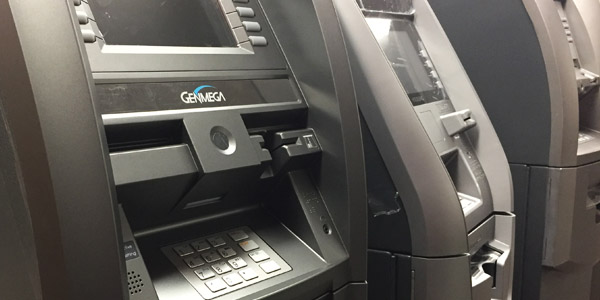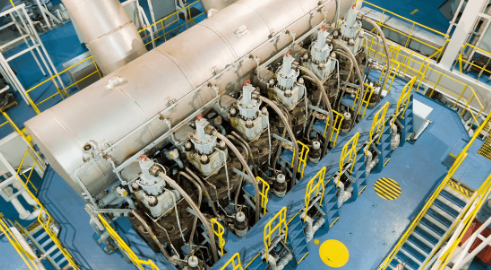Understanding the Basics of Aviation Insurance: A Comprehensive Guide
Insurance is a crucial aspect of the aviation industry, protecting against financial losses from aircraft-related incidents. Whether you’re a pilot, aircraft owner, or aviation business owner, clearly understanding aviation insurance is essential for safeguarding your interests and ensuring peace of mind. This comprehensive guide will explore its fundamental concepts, covering the types of coverage available, standard exclusions, and essential terminology used in the industry.
Types of Coverage Available
It typically consists of several forms of coverage, each designed to protect against unique dangers associated with aircraft operations. These include:
1. Hull Insurance: It covers physical damage to the aircraft, including damage caused by accidents, collisions, or acts of nature. It ensures that aircraft owners are financially protected in the event of damage or loss to their valuable assets.
2. Liability Insurance: This covers bodily injury or property damage caused by the insured aircraft to third parties. It protects aircraft owners and operators from potential lawsuits and legal liabilities from accidents or incidents involving their planes.
3. Passenger Liability Insurance: Covers passengers’ bodily injury or death aboard the insured aircraft. Commercial operators must be financially protected in case of passenger injuries or fatalities during flight, highlighting the critical role of passenger liability coverage in maintaining passengers’ and operators’ safety and security.
4. Hangarkeepers’ Liability Insurance: Covers damage to aircraft or goods in the insured’s care, custody, or control while stored or serviced in a hangar. It is essential for aviation businesses that operate hangars or provide aircraft maintenance services.
5. Aviation Products Liability Insurance: Protects manufacturers, distributors, and sellers of aircraft and aviation-related products from liability claims arising from defects or malfunctions in their products. It covers damages resulting from product-related accidents or failures.
Benefits:
1. Financial Protection Against Loss or Damage: It safeguards aircraft owners and operators from the financial burden of repairing or replacing their aircraft in the event of accidents, collisions, or other covered perils. This protection extends to the aircraft (hull insurance) and liability for damages to third parties (liability insurance), ensuring owners are not left with significant out-of-pocket expenses.
2. Liability Coverage for Third-Party Claims: One of the primary benefits is liability coverage, which protects aircraft owners and operators from potential lawsuits and legal liabilities arising from third parties. This coverage is necessary to mitigate the financial risks of accidents or incidents involving the insured aircraft.
3. Protection Against Passenger Injury or Loss: It includes coverage for passenger liability, which offers financial protection against injuries or deaths to passengers aboard the insured aircraft. This coverage is crucial for commercial operators, ensuring they are protected against claims from passenger injuries or fatalities during flight.
4. Coverage for Property Damage and Hangarkeepers’ Liability: It also extends to property damage caused by the insured aircraft and liabilities arising from hangar operations. Hangarkeepers’ liability insurance protects businesses that operate hangars or provide aircraft maintenance services from potential lawsuits and financial losses resulting from damage to aircraft or property in their care, custody, or control.
5. Tailored Coverage Options: Its policies can be tailored to meet individual aircraft owners’ and operators’ specific needs and risk profiles. Whether it’s coverage for specialized equipment, additional insured parties, or unique operational risks, insurers offer flexible options to accommodate diverse requirements and preferences.
Aviation insurance protects aircraft owners, operators, and businesses from financial losses associated with aircraft-related risks. Whether hull insurance covers physical damage to the aircraft or liability insurance protects against third-party claims, it provides essential coverage for the aviation community, ensuring that stakeholders can operate with confidence and resilience in the face of potential risks and uncertainties.
Also Read About: internetchicks
Stay in touch to get more updates & news on Discover Headline!







